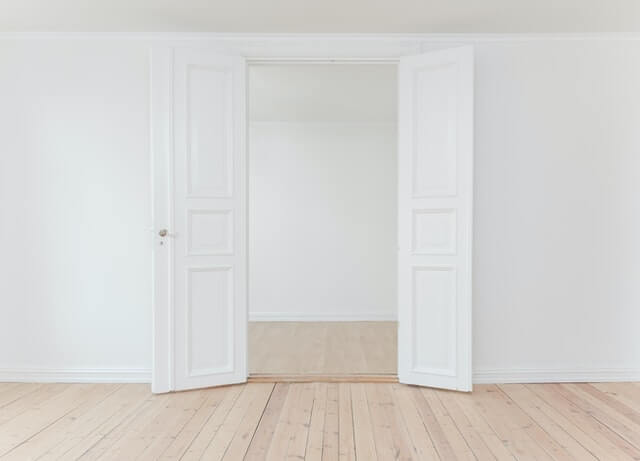Hidden beneath your worn out floors lie beautiful hardwood that simply need a little refinishing to look stunning again. Through hardwood floor sanding, it’s possible to restore the richness and beauty of dull, grey floors for a magazine-worthy look (and at a fraction of the price of replacing them).
While the process is possible, there are many mistakes one can make along the way. That’s why it’s important to heed these tips from the hardwood floor refinishing pro’s at N-Hance.
#1 – Not using the correct grit sandpaper.
While you may want to be conservative in your approach, beware of starting with sandpaper that’s too fine. If your hardwood floors have been sanded before and need a light refresher, you may be able to use a finer paper. However, in most cases, you’ll likely need to use a more coarse paper than you might expect.
Start with a maximum of 24 grit paper to sand away dirt and varnish. That may sound too coarse, but it can save you time and cost by working more effectively. Using sandpaper with too fine of a grit can lead to clogged paper that needs replaced more often, which slows you down.
A good rule of thumb is to stick with a 16-24 grit sandpaper. Don’t be afraid to go up in coarseness if your floors have a heavy layer of grime and finish.
#2 – Not sanding hardwood floors enough.
It’s true that refinishing hardwood floors is hard work and will take a physical toll. You may not notice a significant difference right away, but keep at it.
If your floorboards aren’t totally flat, the drum of the sanding machine may seem to sort of skip over patches of finish after one pass. These shadows of remaining varnish can be removed with a little elbow grease. While it may seem like more work up front, it’s worth it to continue sanding until the finish is gone entirely and your floors are completely down to the bare wood.
#3 – Sanding floors in a direction other than diagonally.
Sanding hardwood floors at a diagonal direction can make the process faster and more even. It can also help eliminate the frustrating result of being left with hard to reach areas. Hardwood floor sanding diagonally makes a big difference in making sure your newly refinished floors look even.
#4 – Spending too much time sanding the edges.
It’s true that sanding the edges of hardwood floors can be a pain. But won’t worry—it’s actually ok to sand these areas slightly less than the rest of your floors.
For the main surface area of your hardwood floors, work your way down to 120 grit sandpaper. But for the edges, stop at about 80 grit to save yourself some time.
#5 – Failing to change the sandpaper frequently.
When you change the sandpaper more often, the job of hardwood floor sanding can be completed much more quickly. While your initial thought may be to save on sandpaper sheets and disks, it’s worth the cost when you see how fast you can get the job done.
Hardwood Floor Sanding In Wayne, PA
If your head is spinning at the thought of taking on a project like hardwood floor sanding, you’re not alone. Refinishing hardwood floors requires a significant amount of time, labor, and meticulous execution to end up with quality results.
To make sure the job is done right, enlist the help of N-Hance of Delaware. We are masters at the art of hardwood floor refinishing and can make your design dreams come true with our industry-leading method.
Schedule a FREE online estimate to get started with hardwood floor refinishing in Wayne today!


